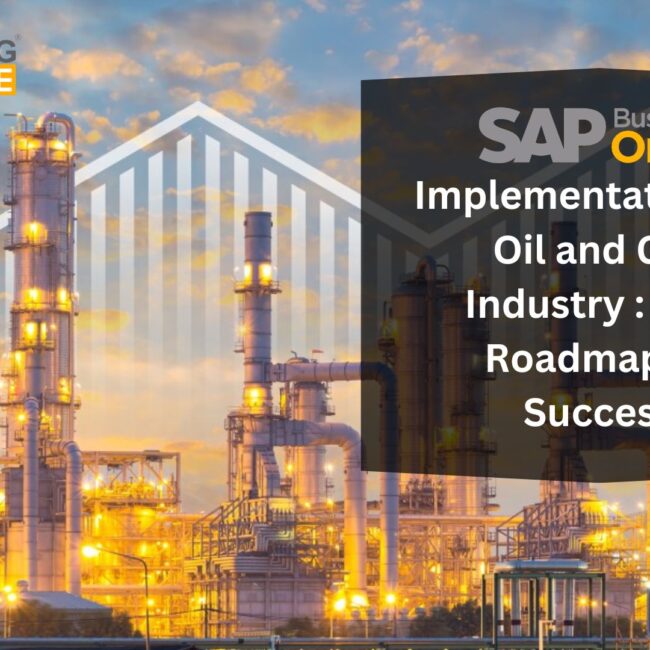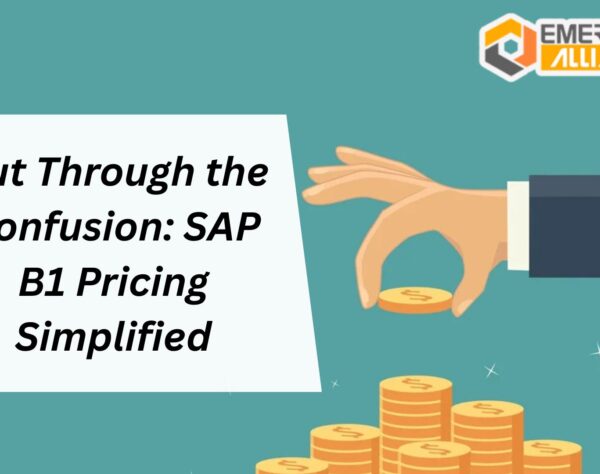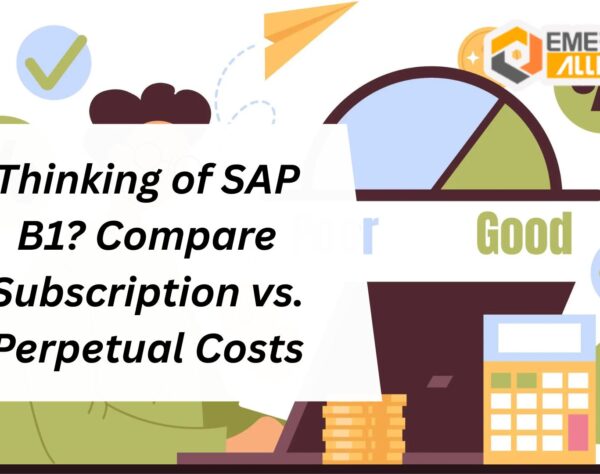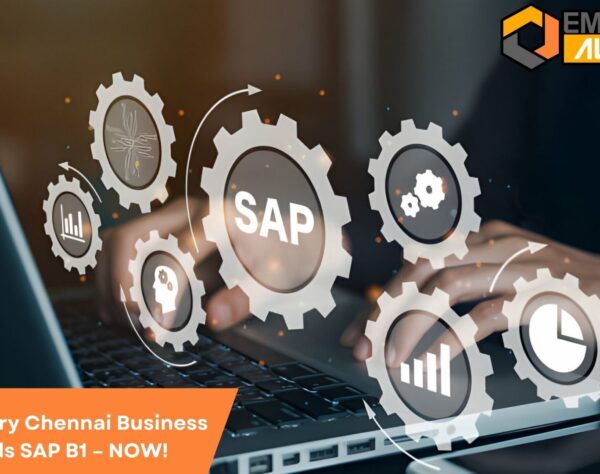
How to Plan Your SAP B1 Budget: Industry Pricing Secrets Revealed
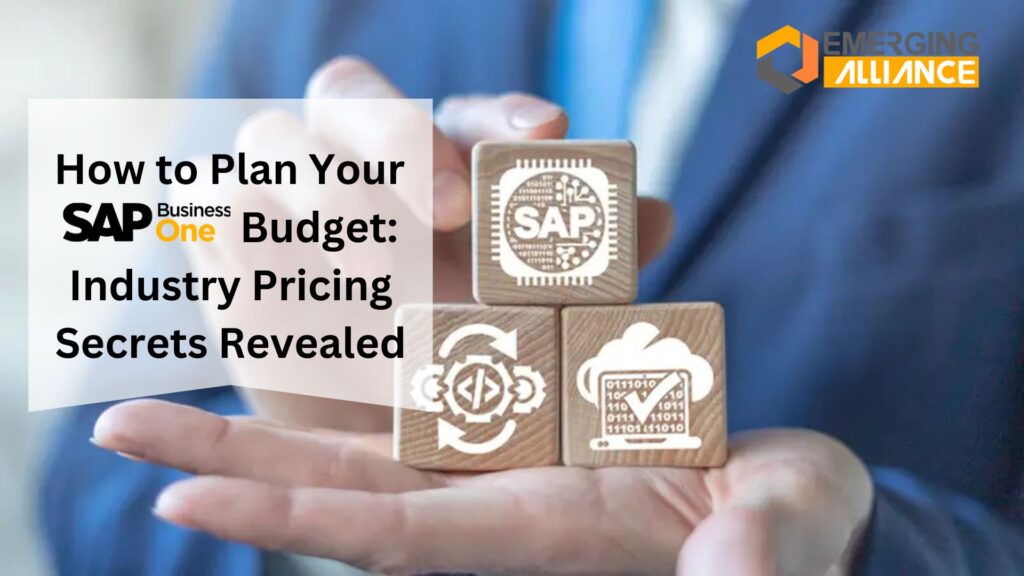
How to Optimize SAP B1 Budget: Tips & Pricing Secrets You Should Know
Implementing an ERP (Enterprise Resource Planning) system like SAP Business One (SAP B1) can be a game-changer for small and medium-sized businesses. However, when considering SAP B1, one of the most critical aspects to evaluate is how to plan and manage your SAP B1 pricing in India effectively. Understanding the true cost of SAP B1 can be challenging, but with the right approach, you can create a budget that helps your business leverage the full potential of this powerful software. In this guide, we will uncover industry pricing secrets and provide strategies to help you manage your SAP B1 software price with confidence.
Understanding SAP B1 Pricing Structure
Before diving into how to plan your budget for SAP B1, it’s important to understand the key components that make up SAP B1 pricing. The cost structure can vary widely depending on factors such as the number of users, your industry-specific needs, and the level of customization and support you require. Here’s an overview of the key elements that contribute to SAP B1 pricing:
1. License Fees
The license cost for SAP B1 is a core part of your budget. This can vary based on whether you opt for a perpetual license (one-time payment) or a subscription-based model (recurring annual or monthly payments). The license cost is typically determined by the number of users who will access the system and the modules you choose to implement.
2. Implementation Costs
The implementation phase is where the software is set up, configured to meet your business needs, and integrated with other systems you may already have in place. Implementation costs can vary depending on the complexity of your business processes and the level of customization required. It’s crucial to plan for this upfront, as it can be a significant part of your overall SAP B1 software price.
3. Customization and Add-ons
Every business has unique needs, and SAP B1 offers flexibility to customize the software accordingly. Whether it’s developing custom features or integrating third-party applications, these add-ons can influence the final cost. If your business requires additional functionality beyond the standard offering, be sure to factor in the cost of custom development.
4. Training and Support
Effective training and ongoing support are essential for ensuring that your team can fully utilize SAP B1. The costs associated with training programs and the level of support you require should also be considered when budgeting for SAP B1. Training ensures that your staff can quickly get up to speed with the new system, while support ensures that you have ongoing help for troubleshooting and software updates.
Key Factors Influencing SAP B1 Pricing in India
While SAP B1 pricing can vary depending on many factors, some key elements play a particularly significant role in determining the cost:
1. Number of Users
The number of users who need access to SAP B1 will directly impact the licensing costs. Typically, businesses with a larger team will incur higher costs, so it’s essential to assess your organization’s user base accurately.
2. Business Requirements
The specific features your business requires will also influence the cost. SAP B1 offers different modules to cater to various business functions such as finance, inventory management, sales, and customer relationship management (CRM). The more comprehensive the features you need, the higher the overall cost will be.
3. Customization and Industry-Specific Needs
Customization and specific industry requirements (like manufacturing, retail, or service management) can add to the cost. Some industries may require additional SAP B1 modules or integrations with other software solutions, which could increase the overall price.
4. Support and Maintenance
SAP B1 requires regular updates and ongoing support. Vendors typically offer different support packages, ranging from basic troubleshooting to comprehensive 24/7 support. The level of support and maintenance you choose will impact your overall budget.
How to Plan Your SAP B1 Budget Effectively
Once you understand the core components that contribute to SAP B1 pricing, it’s time to plan your budget. Here are some practical steps to help you manage your costs efficiently:
1. Define Your Business Needs
Start by clearly defining what your business needs from SAP B1. Do you need full ERP functionality, or are you primarily interested in a few key features, such as financial management or inventory tracking? By narrowing down your essential requirements, you can avoid unnecessary costs and focus only on the features that will drive value for your business.
2. Calculate the Total Cost of Ownership (TCO)
The SAP B1 software price is just one aspect of the total cost of ownership (TCO). TCO also includes costs for implementation, customization, training, support, and maintenance. When budgeting, ensure you account for both initial and ongoing costs. By doing so, you’ll have a more accurate view of the long-term financial commitment required for SAP B1.
3. Consider the Return on Investment (ROI)
While the upfront cost of SAP B1 pricing may seem substantial, it’s important to evaluate the return on investment (ROI) SAP B1 can bring to your business. A well-implemented ERP system can streamline operations, reduce manual work, improve data accuracy, and provide valuable insights into your business processes. Ensure that your budget reflects not only the costs but also the long-term benefits of using SAP B1.
4. Leverage Financing and Subscription Models
If you’re concerned about upfront costs, explore financing or subscription-based models. Many SAP B1 vendors offer flexible payment options, allowing you to spread out costs over time. This can help ease the financial burden and give you more flexibility in managing your budget.
5. Plan for Future Growth
Your business needs may evolve over time, so it’s essential to plan for scalability. Ensure that your SAP B1 system can grow with your business without requiring major re-implementation. Look for vendors that offer flexible pricing models and can support future upgrades and expansions.
Understanding SAP B1 pricing in India is crucial for businesses looking to implement this ERP solution. By considering the various factors that affect SAP B1 software price—including licensing, implementation, customization, and ongoing support—you can create a realistic budget that aligns with your business goals. Remember, investing in SAP B1 is not just about the initial cost but also the long-term value it brings to your business operations.
With careful planning and consideration of your specific needs, you can manage your SAP B1 budget effectively and position your business for success. Keep these industry pricing secrets in mind, and you’ll be well-equipped to make an informed decision that benefits both your business and your bottom line.
Ready to optimize your business operations? Contact us at www.emerging-alliance.com to explore how SAP Business One can be customized to your specific industry needs!



